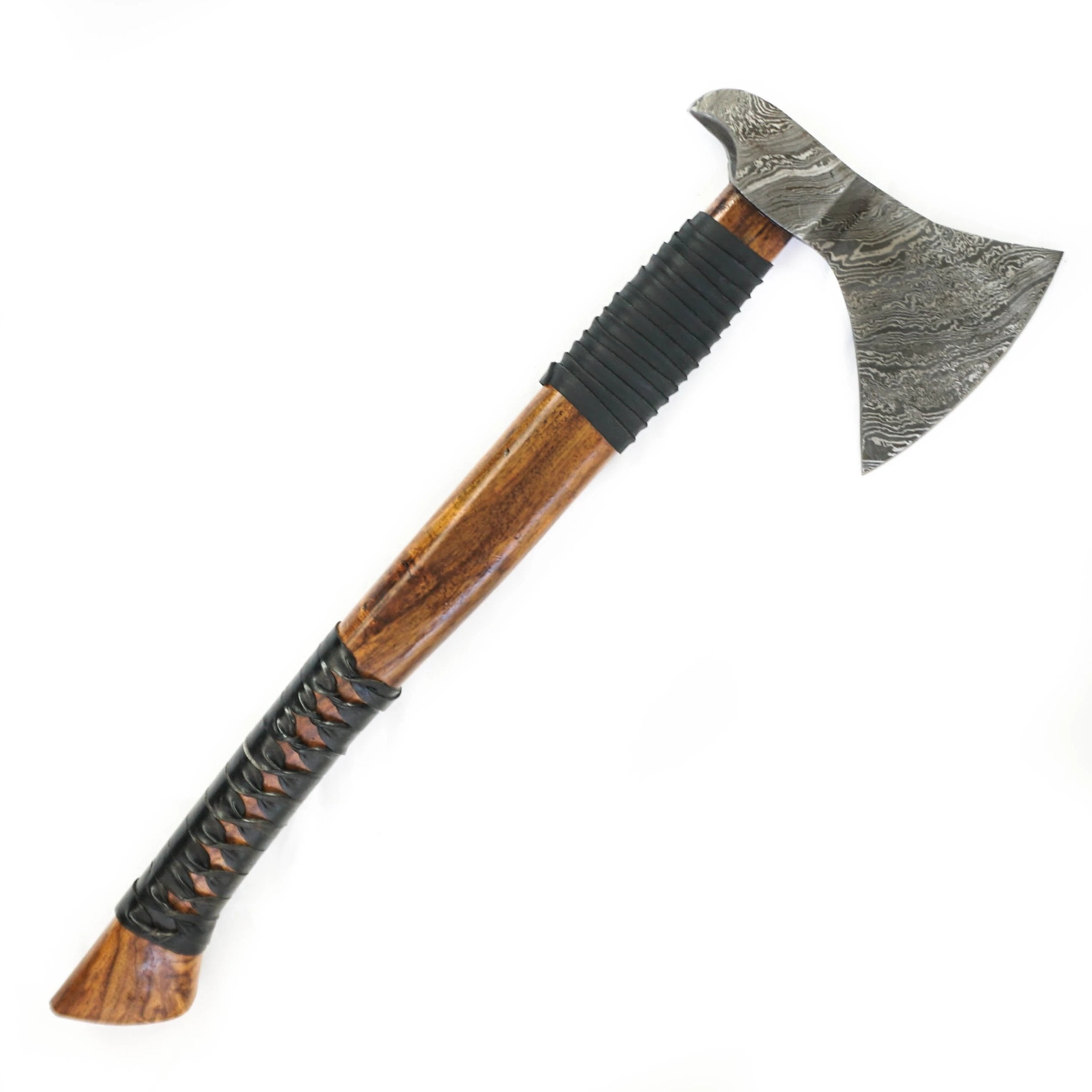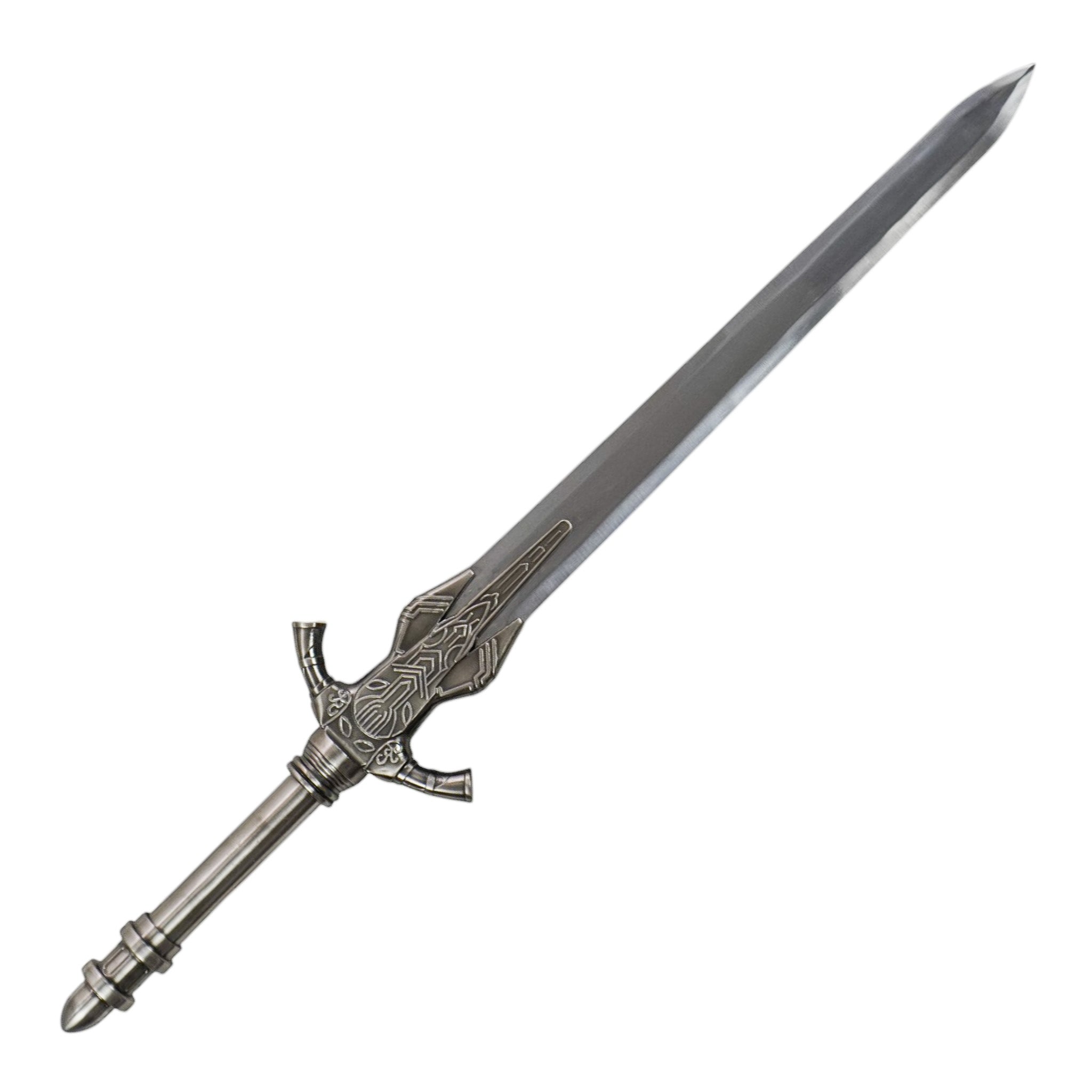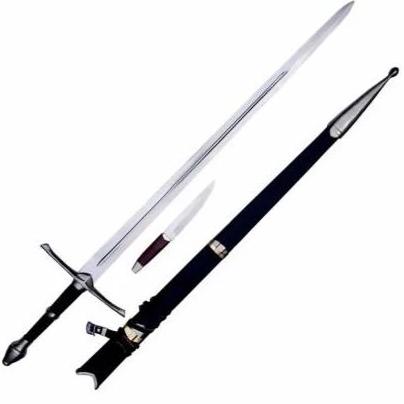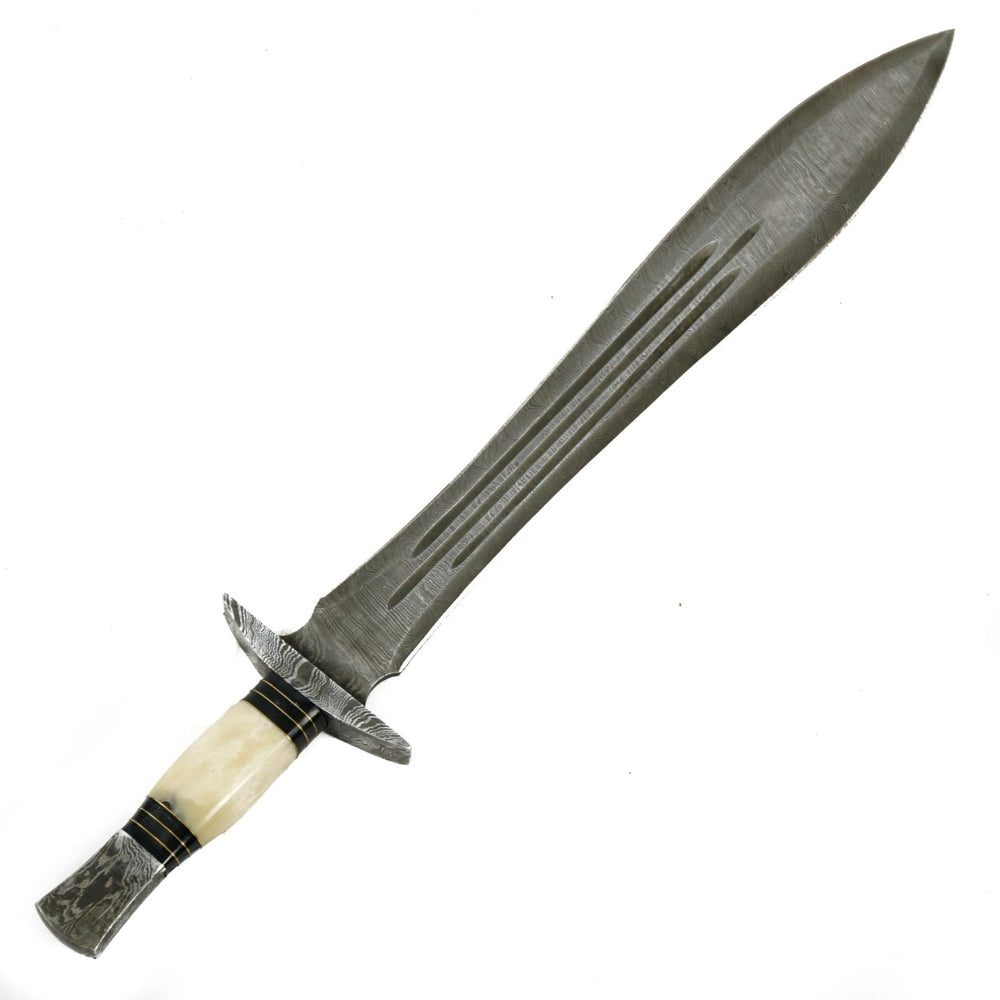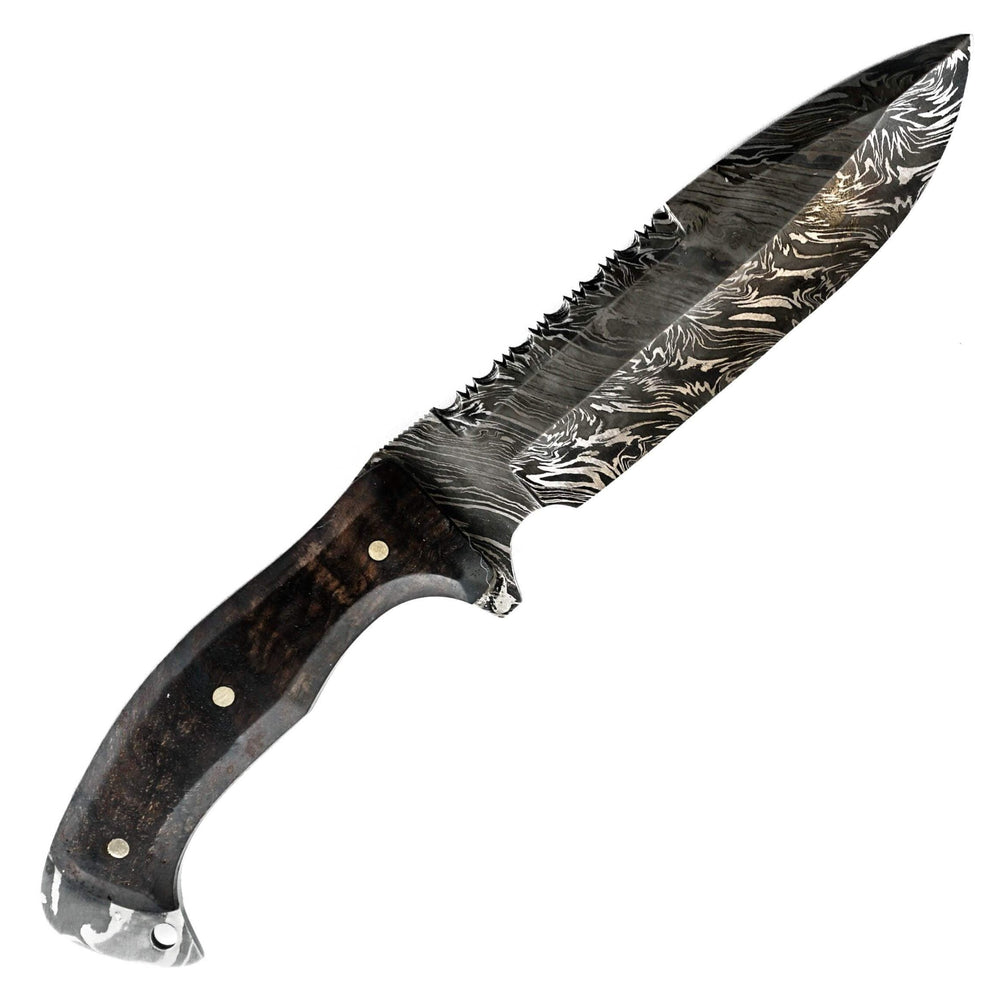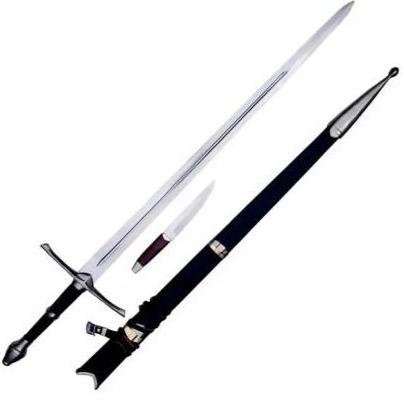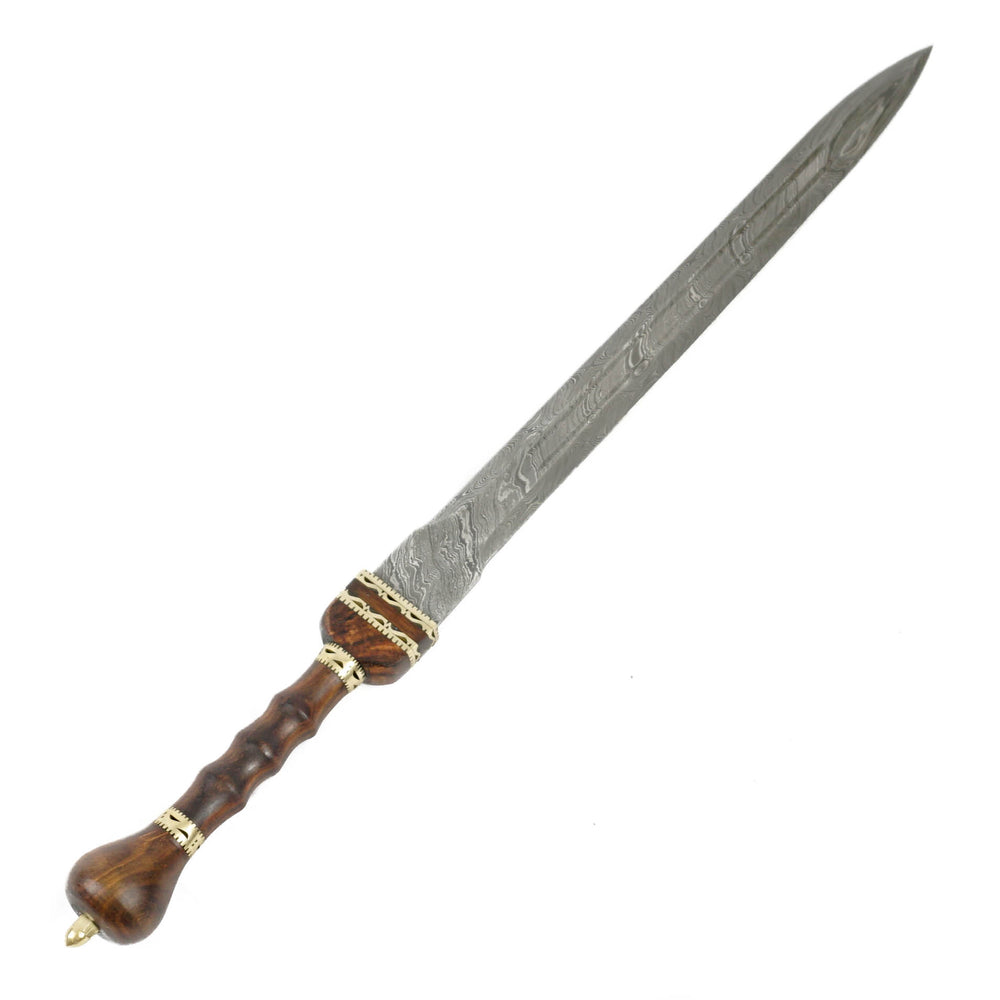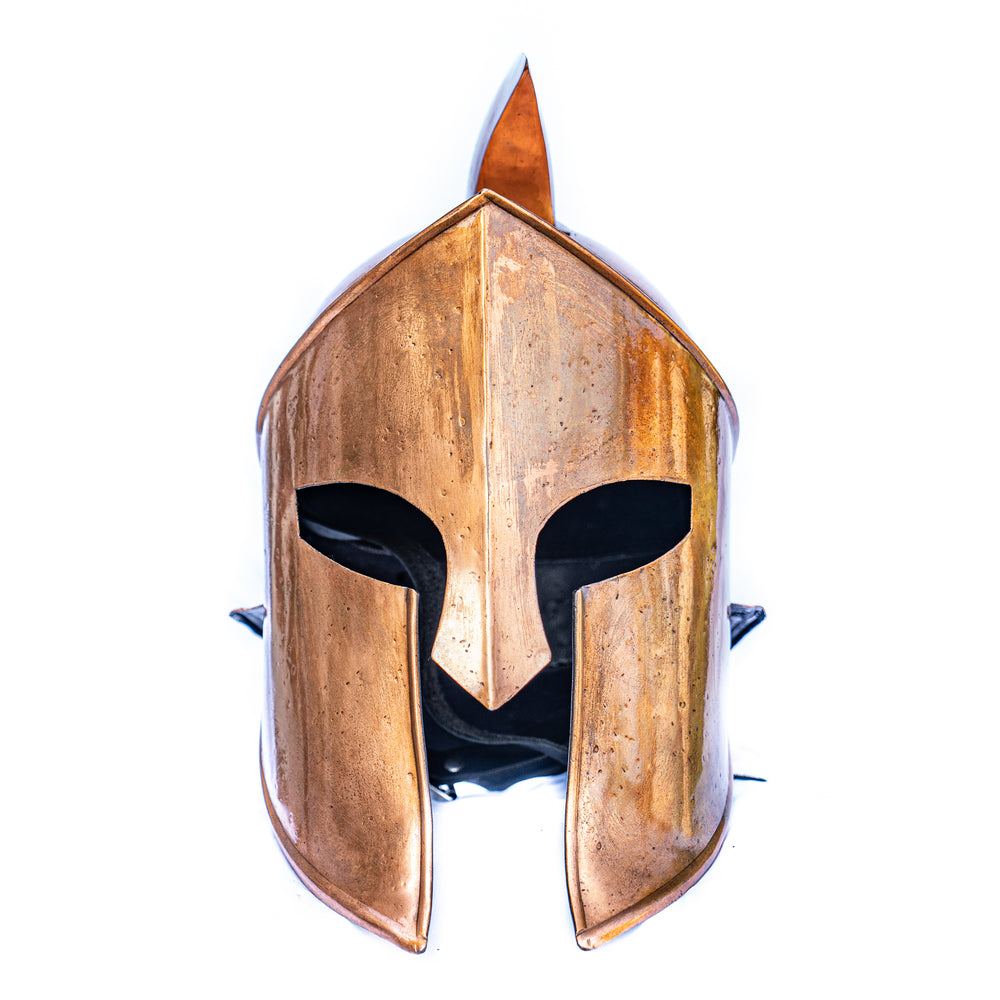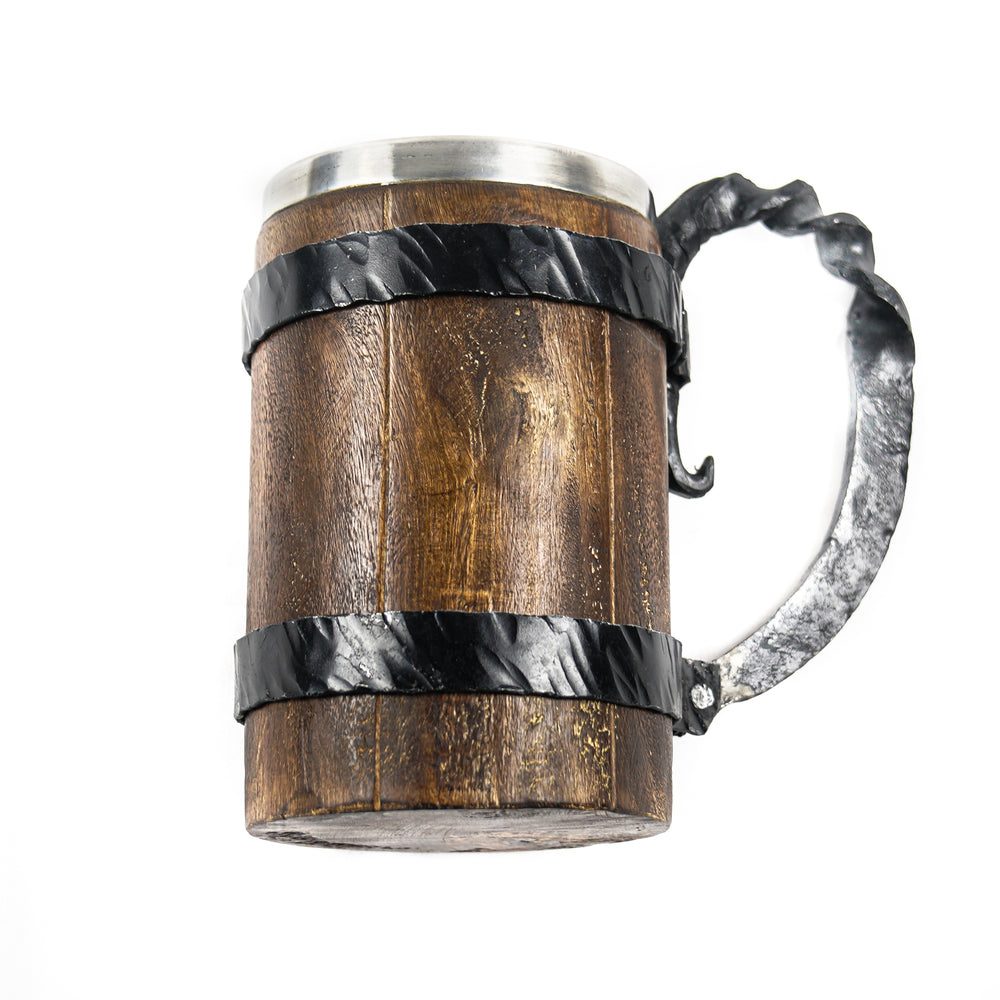The Ultimate Guide to Sabre Swords
When it comes to iconic bladed weapons, few hold the historical and cultural significance of the sabre sword. This elegant yet deadly blade has played a key role in warfare, self-defense, and ceremonial displays for centuries. In this comprehensive guide, we will explore the origins, characteristics, and modern uses of the sabre weapon, as well as why it remains a favorite among collectors and martial artists today.
Characteristics of a Sabre Sword
A sabre sword is defined by its distinctive curved blade, designed primarily for slashing rather than thrusting. Unlike straight-edged swords used for piercing armor, the sabre allows for swift, cutting strikes, making it ideal for mounted combat. Here are some key characteristics:
-
Curved Blade: The curvature enhances the effectiveness of slashing attacks, particularly for cavalry warriors who needed a weapon suited for swift movements.
-
Single Edge: Most sabres have a single-edged design, making them lighter and more manoeuvrable than double-edged swords.
-
Guard and Hilt: A sabre weapon often features a protective guard around the hilt to shield the wielder’s hand from strikes.
- Length and Weight: Typically ranging from 30 to 40 inches in length, sabres are balanced to allow quick, powerful swings.
Types of Sabres
Over the centuries, different regions have developed unique variations of the sabre sword. Some of the most notable types include:
1. The European Sabre
European sabres were widely used by cavalry forces and officers. They featured a slightly curved blade, often with elaborate handguards. French, British, and Prussian military forces heavily relied on this type of sabre weapon.
2. The Scimitar
Though not always classified as a sabre, the scimitar shares many similarities. This Middle Eastern blade has a more pronounced curve, making it effective for fast, sweeping strikes.
3. The Katana Influence
While the Japanese katana is technically a different type of sword, it shares some characteristics with the sabre in terms of its curvature and cutting efficiency. Samurai warriors used it for precise slashing techniques.
4. The Cutlass
A shorter, broader variation of the sabre sword, the cutlass was commonly used by naval forces. Its sturdy design made it ideal for close-quarters combat aboard ships.
The Sabre in Modern Times
While the era of cavalry charges has long passed, the sabre weapon continues to hold a place in martial arts, fencing, and ceremonial displays.
1. Sabre Fencing
Fencing is one of the most popular modern applications of the sabre. Unlike other forms of fencing, sabre fencing allows for strikes using the edge of the blade, rather than just the point.
2. Military and Ceremonial Use
Even today, many military organizations use the sabre sword in ceremonial roles. High-ranking officers and honor guards often carry intricately designed sabres as part of their formal dress.
3. Collecting and Reenactments
History enthusiasts and sword collectors prize sabres for their historical significance and craftsmanship. Many participate in reenactments of historical battles, wielding authentic or replica sabre weapons.
Choosing the Right Sabre Sword
If you’re looking to purchase a sabre sword, consider the following factors:
-
Purpose: Are you buying a sabre for display, fencing, or martial arts training? Different styles suit different needs.
-
Material: High-carbon steel blades are preferred for durability and sharpness, while stainless steel is ideal for display pieces.
- Handle Design: A comfortable grip enhances control and precision, particularly for those practicing with a sabre weapon.
Caring for Your Sabre
Proper maintenance ensures the longevity of your sabre sword. Here are some essential care tips:
-
Keep it Dry: Moisture can cause rust, so always store your sabre in a dry place.
-
Regular Cleaning: Use a soft cloth and light oil to clean the blade and prevent corrosion.
- Sharpening: If using the sabre weapon for cutting practice, ensure it remains sharp with regular honing.
Ending Thoughts!
The sabre sword is more than just a weapon—it’s a symbol of history, skill, and tradition. Whether you’re a collector, fencer, or martial artist, the sabre offers a unique blend of elegance and power. By understanding its history, types, and care, you can fully appreciate the legacy of the sabre weapon and its enduring appeal.
For high-quality sabre swords, visit Battling Blades and explore a range of expertly crafted options that bring history into your hands!

